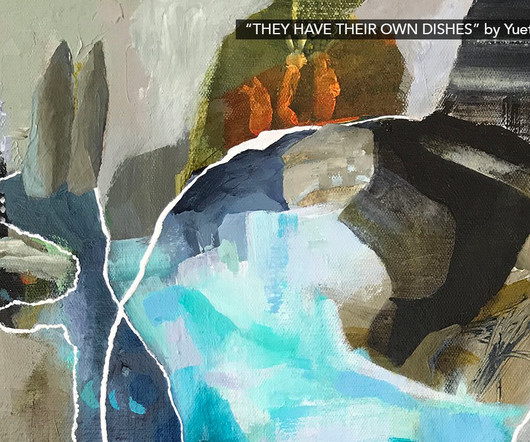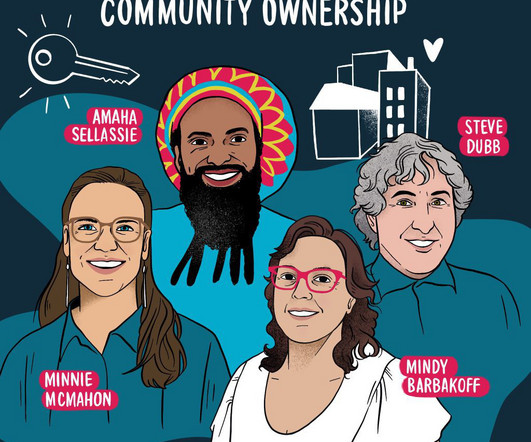From Impact Investing to “Impact-First” Investing—What Is the Field Learning?
NonProfit Quarterly
JANUARY 15, 2025
billion) in assets under management and a 30-year track record, isnt wrong per se. That is the central conclusion of a new report released last December by Boston Impact Initiative , a nonprofit place-based investor in the Boston area and a promoter of the field nationwide. Each fund is unique.

















Let's personalize your content